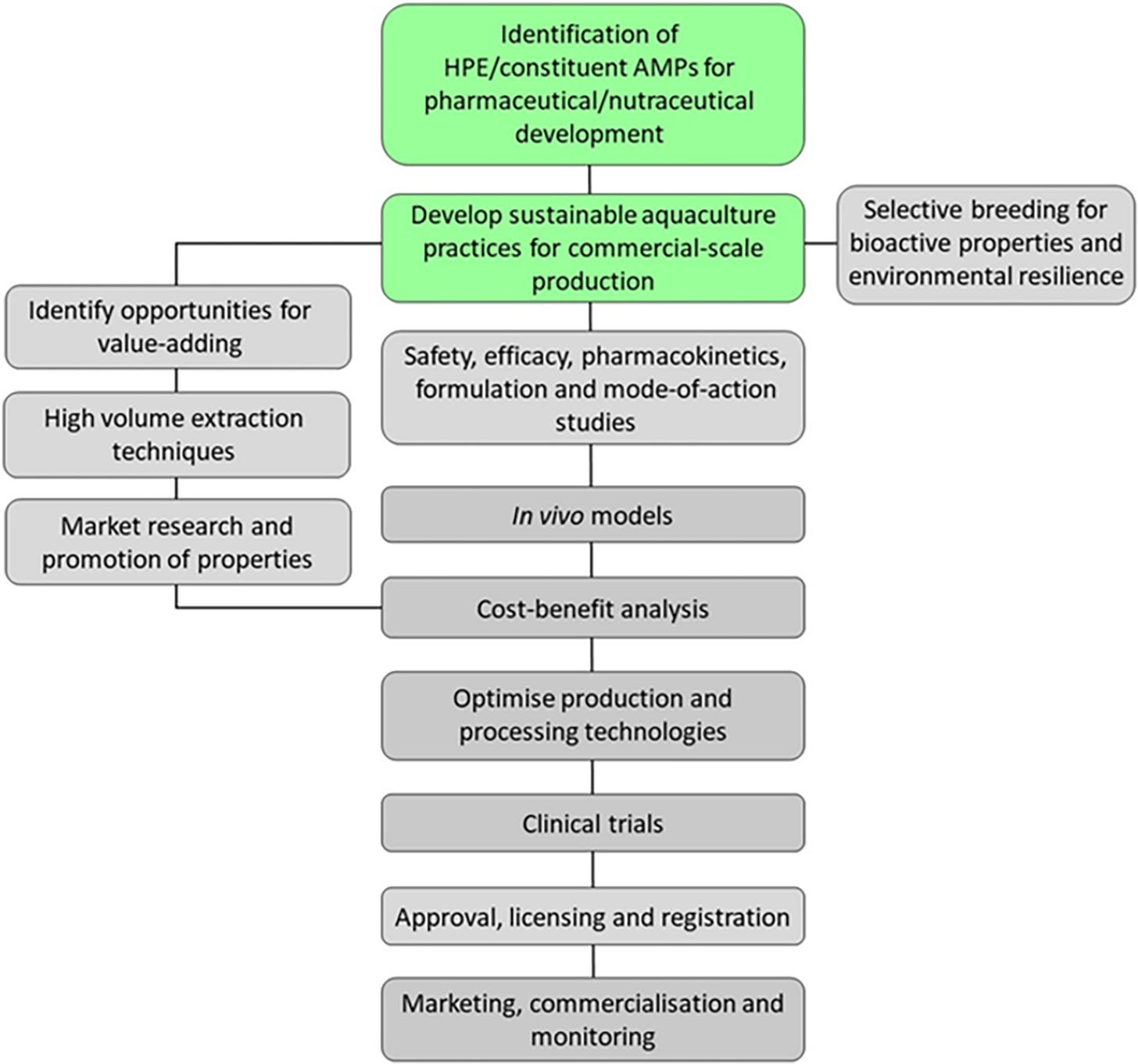Finding Solutions For Hard Problems In Weird Places is Good.
Problem: I can't find a solution for super-bacteria. Solution: Did you look in a tide pool?
In the ongoing quest for solutions to humanity's most pressing medical challenges, nature continues to reveal the extraordinary, sometimes in the unexpected.
As we confront the growing crisis of antibiotic resistance and super-bacteria, researchers have explored diverse sources—from soil microbes to computational models—but perhaps none as surprising as the latest discovery.
Not merely in Australia, nor simply in Sydney, but specifically within the city's sheltered bays lies a particularly promising solution in the powerful proteins of the humble Sydney rock oyster (Saccostrea glomerata).
For millennia, oysters have featured prominently in traditional Chinese medicine and Indigenous health practices—ancestral wisdom that modern research is now validating with remarkable precision.
The significance of this discovery cannot be overstated. The accelerated growth of antibiotic resistance in bacteria presents a profound global challenge—currently claiming nearly five million lives annually and projected to cause 40 million deaths by 2050.
What we observe in the Sydney rock oyster is truly remarkable. As filter feeders constantly exposed to diverse microorganisms in their shallow marine environment, these bivalves have developed sophisticated immune defenses centered around antimicrobial proteins and peptides in their hemolymph—their equivalent of blood.
This adaptation is elegantly logical. Oysters process liters of water daily, extracting nutrients while defending against countless potential pathogens. Through evolutionary pressure, they have developed compounds that specifically target bacterial threats—including, by fortunate convergence, several that plague human health.
As published recently in PLOS ONE, these hemolymph proteins demonstrate extraordinary capabilities:
Direct bactericidal activity against Streptococcus pneumoniae (the leading cause of pneumonia) and Streptococcus pyogenes (responsible for strep throat and rheumatic heart disease)
Remarkable ability to inhibit biofilm formation or penetrate existing biofilms, dismantling the protective shields that conceal pathogens from antibiotics and immune responses
Synergistic effects with conventional antibiotics, enhancing their efficacy by an astonishing 2-32 fold against problematic species including Staphylococcus aureus (MRSA)
The dual application potential is what renders this discovery particularly valuable. These oyster-derived proteins can function both as standalone antimicrobial agents and as potentiators of existing antibiotics—essentially breathing new life into our current pharmaceutical arsenal. This approach provides precious time for parallel scientific developments while directly addressing present infections.
How extensive will the journey from laboratory discovery to clinical application be? While still in early testing phases, the potential is substantial. Particularly encouraging is the fact that Sydney rock oysters are already cultivated at scale, potentially enabling sustainable sourcing of these valuable compounds. This presents an intriguing opportunity for collaboration between aquaculture and pharmaceutical industries—a partnership few could have ever envisioned.

What we witness here is a remarkable convergence of evolutionary biology, traditional medicine, and modern pharmacology. The ancient oyster, silently filtering seawater for millions of years, may hold a key to humanity's future health security—a poetic reminder of nature's boundless capacity to inspire scientific innovation.
That’s good.






